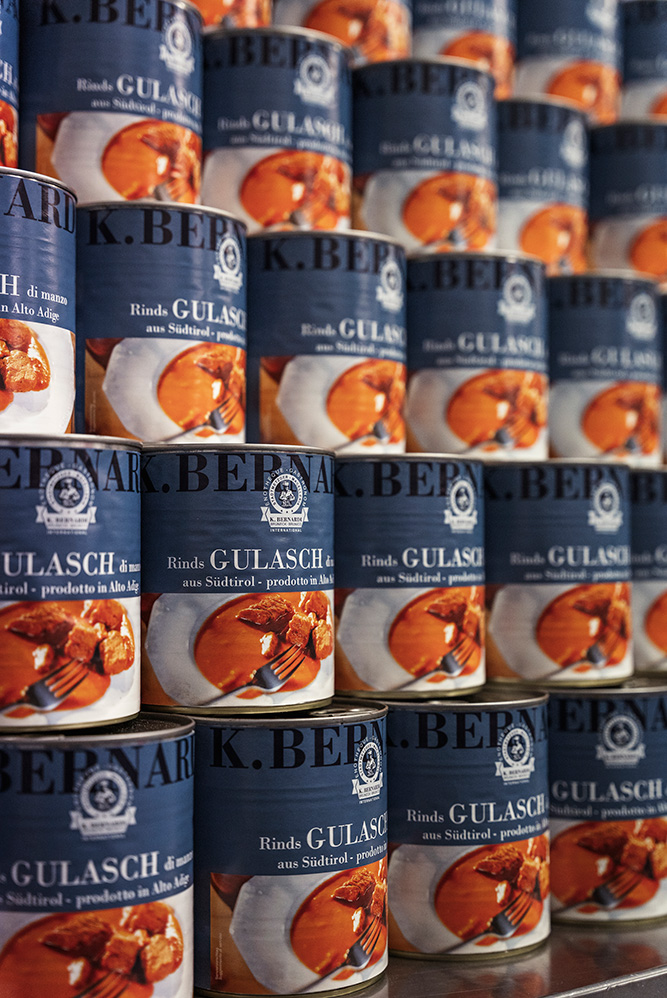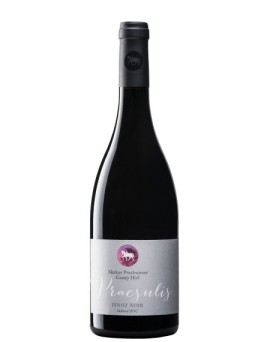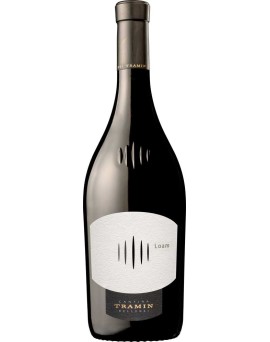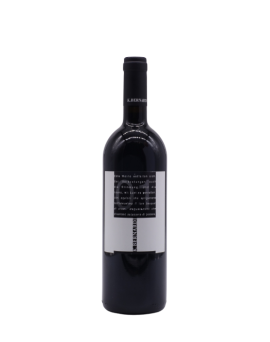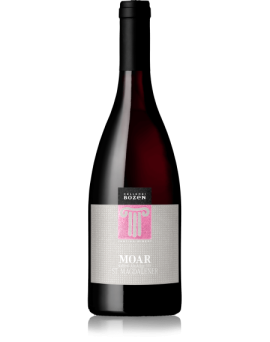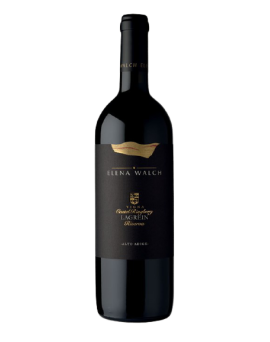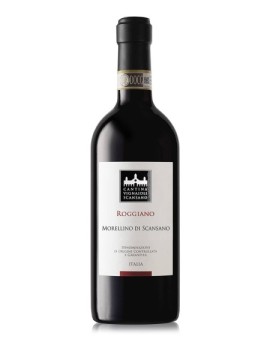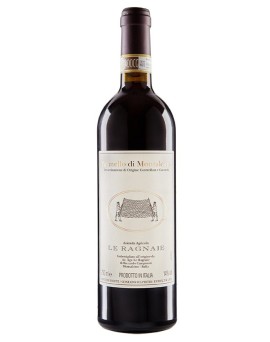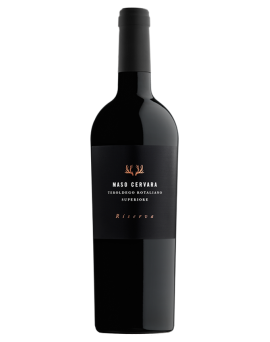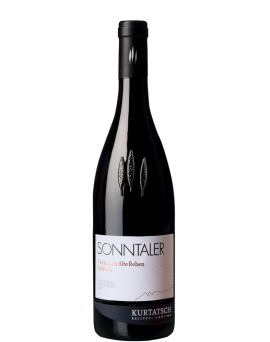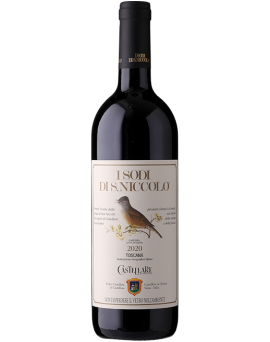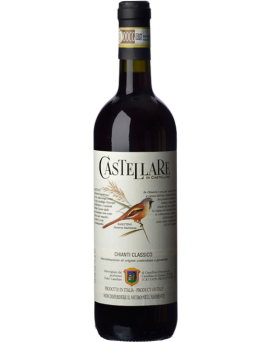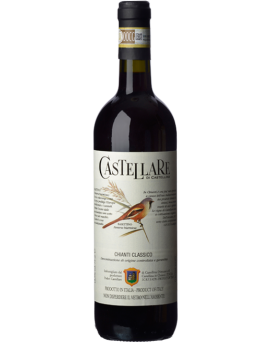Teroldego Rotaliano Superiore DOC Riserva<br />THE MASO<br /><br />Within the framework of Trentino oenology, Teroldego has always had a prestigious role and for this reason it is called the 'prince wine' of Trentino. No one has so far<br />been able to say anything certain about its origin. Some say that a long time ago the Teroldego, a vine variety cultivated in the Veronese area, was brought to that large<br />nest called Campo Rotaliano, others, instead, date its origins back to the hills of Sorni, while others maintain that the name Teroldego derives from the German Tiroler Gold,<br />that is, Gold of the Tyrol. What is certain is that the first entry of the name of this vine in literature dates back to the 18th century in the oenological disquisitions of<br />Michelangelo Mariani, historiographer of the Council of Trent.<br /><br />Production area: from vineyards located in the most suitable areas of Campo Rotaliano in Trentino, in the municipality of Mezzolombardo. The soil is alluvial on gravel<br />banks of the Noce torrent, shallow, tends to be loose and well drained.<br /><br />Grape varieties: 100% Teroldego, a native Trentino vine. The yield per hectare is limited to no more than 80 quintals of grapes per hectare.<br /><br /><br />Analytical data: -Alcohol: 13,50% vol -Total acidity: 5,20g/l -Net dry extract: 30,80g/l-Sugars: dry-Contains sulphites<br /><br />Organoleptic characteristics: extremely dense ruby red wine with violet hues. The nose presents aromatic notes of small red fruits and violets. Important, well-structured on<br />the palate, balanced and enveloping thanks to the sweet tannins. The taste has an intense aftertaste of blackberry and blueberry.<br /><br />Pairings: Roasted red meats, game and very mature cheeses.<br />Serving temperature: 16 -18°C<br />
Price
€27.70

